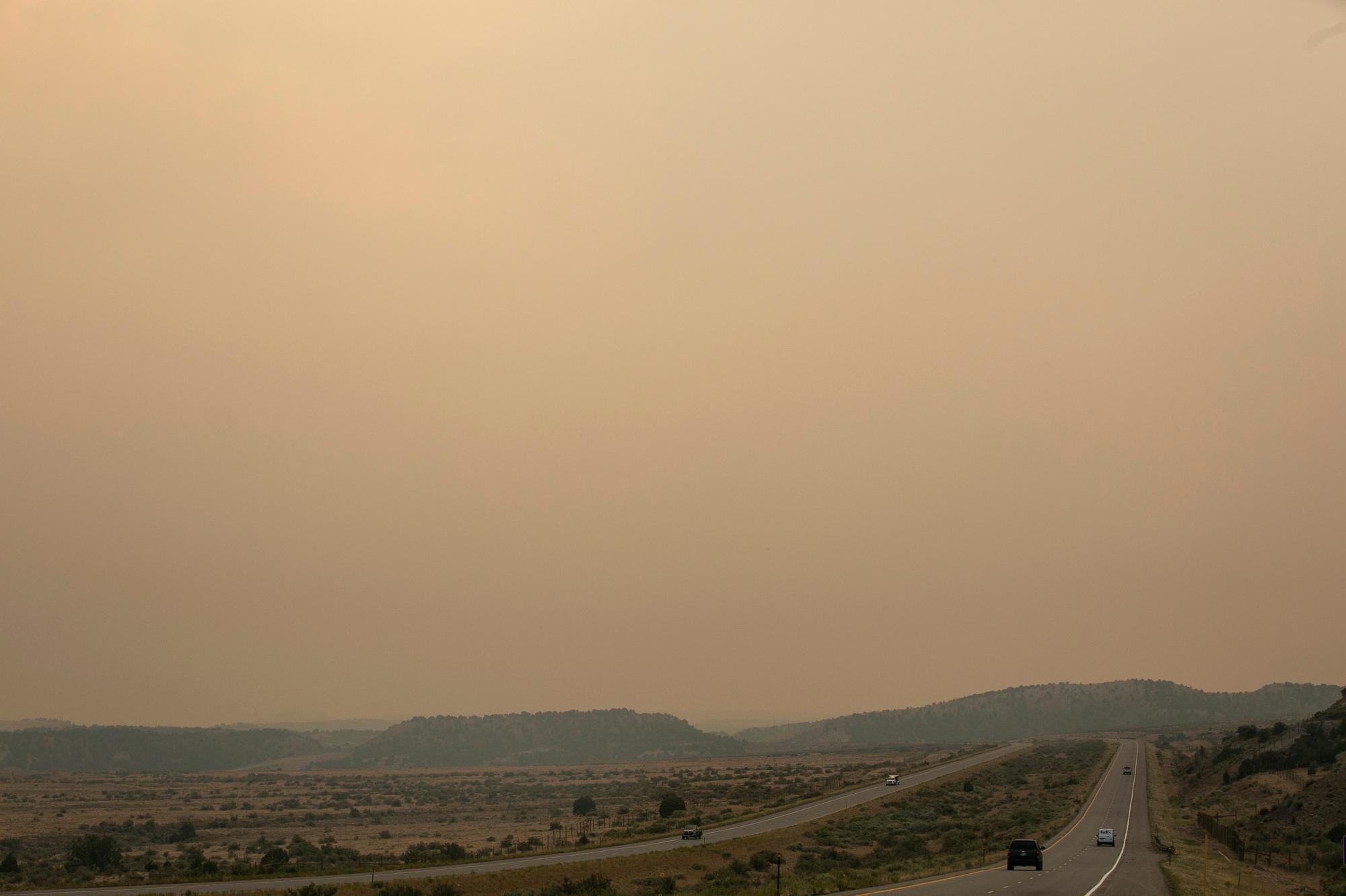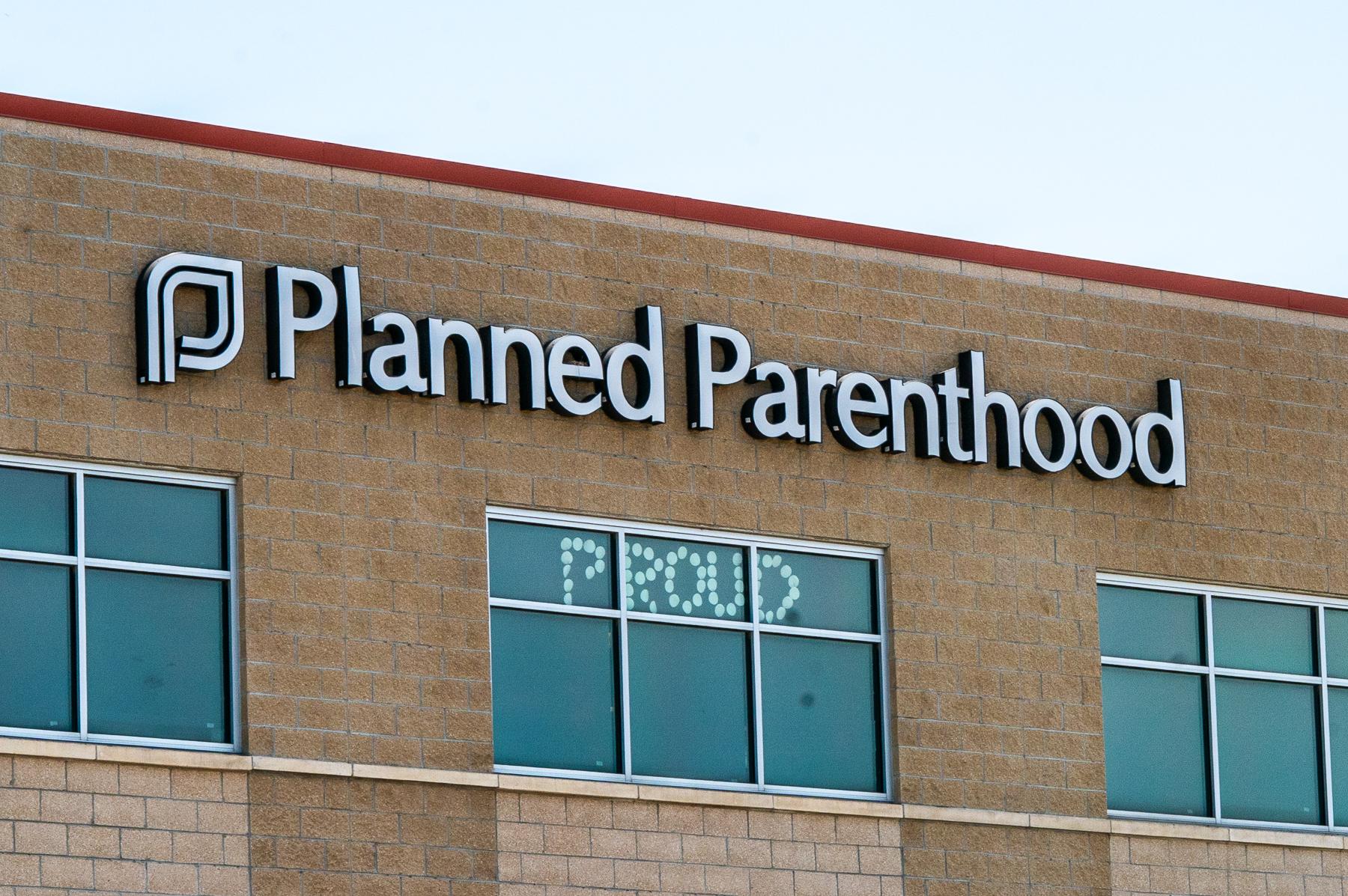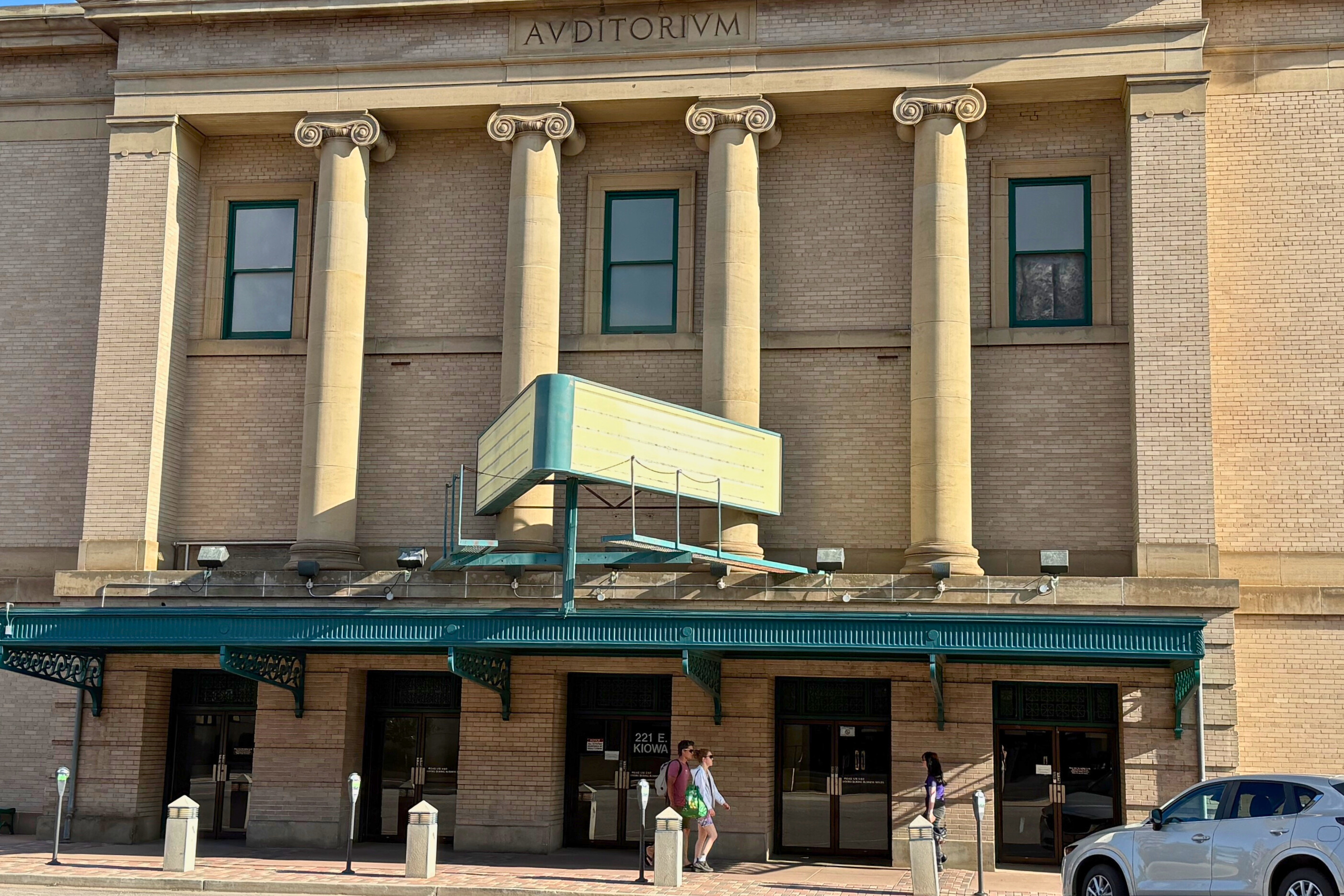
In 45 years of combating forest fires, Wayne Patterson, the public information officer for the Grizzly Creek Fire burning near Glenwood Springs, has earned a keen sense of what smoke does to his body.
One immediate effect is a sore throat and some sniffles. Over the years, Patterson said he has learned to tell when the smoke causes his symptoms, rather than a cold or the flu.
But he also suspects inhaling smoke one day can lead to illness the next.
“Clearly, the smoke makes you more susceptible to those kinds of things, colds and bronchitis and all that,” he said.
In recent years, scientists have started to take a more careful look at the potential link that Patterson has long suspected. It’s no mystery people exposed to wildfire smoke make more visits to the emergency room and take more puffs from their inhalers. What’s new is a suggestion of long-term consequences.
Months after fires stop blanketing Colorado and the U.S. West in smoke this year, the people exposed could still have a higher-than-normal susceptibility to respiratory disease like the flu and — maybe — COVID-19.
That conclusion comes from a study published last month in the journal Environment International. For the research, Erin Landguth, an associate professor at the University of Montana, compared air quality data from Montana communities with records for thousands of recorded flu cases between 2009 and 2018. The research found communities tended to have three to five times more flu cases than normal following prolonged smoke exposure.
“In other words, our study showed cases of flu go up after bad fire seasons,” Landgruth said.
The study focused on tiny hazardous air particles known as PM2.5. While larger airborne particles tend to settle on the ground, the smallest pieces of smoke can penetrate deep into the lungs and the bloodstream. That’s partially why it’s monitored by public health authorities.
As fires have ravaged Colorado over the past few weeks, levels of PM2.5 along the Front Range have hovered around levels seen as “moderate” or “dangerous for sensitive groups,” according to the EPA’s AirNow website.
On Sunday, Fort Collins briefly saw PM2.5 levels nearly into ranges deemed “very unhealthy” for everyone. Large parts of California have already crossed that threshold due to unprecedented fires in that state.
Prior to her research, Landgruth said most studies about PM2.5 and flu studied urban areas in countries like China, since the tiny hazardous air particles can also come from coal plants and diesel engines. In those cases, scientists found flu outbreaks tended to occur days or weeks after prolonged exposure to bad air. Her study turned up something else entirely.
While Montana communities did not see an effect in the immediate aftermath of a smoke event, flu cases did jump as much as one to three months afterward.
“We were shocked,” she said. “We were not expected to see this long of a delayed effect in the data.”
- I-70 Through Glenwood Canyon Is Finally Open Again
- On A Rancher’s Land Near Glenwood Springs, Firefighters Rest Between Battling The Grizzly Creek Fire
- Nearly Three-Fourths Of Colorado Is Seeing Severe Drought, And There’s A Lot Of Reasons Why
- Colorado Wildfires Are Climate Change ‘In The Here And Now’ — And A Sign Of Summers To Come
Those results have landed during the worst respiratory pandemic in over a century. While Landgruth said it’s worth wondering whether the same results could apply to COVID-19, she added her study should be taken with some grains of salt far larger than a PM2.5 particle.
For one, the research only examined Montana. Landgruth acknowledged more work is needed before she can say the results apply in other places with high levels of wildfire and smoke exposure. The study also only notes a correlation between bad fire seasons and flu cases. It does not identify a cause behind the trend.
Colleen Reid, a geographer at the University of Colorado Boulder who studies the health impacts of wildfire smoke — and who was not involved in Landgruth’s study — said the results are interesting, but she wants more evidence to show the findings are not a “statistical fluke.”
“I wonder if the association that they’ve seen could be due to the fact that they just happened to have a really bad flu season after a really bad fire season,” she said.
That doesn’t mean Reid isn’t worried about a connection between the coronavirus and exposure to wildfire smoke. One study from a group at Harvard University found Americans sick with COVID-19 were more likely to die if they live in places with higher levels of PM2.5. Reid said the results are a little more easily explained than the study in Montana. Air pollution can irritate the lungs, which might make a coronavirus infection more severe than it would be otherwise.
“So the exposure to the smoke does not make someone more likely to get COVID. It could make them more likely to have a more severe case of COVID should they be exposed,” she said.
But emerging research suggests wildfire smoke doesn’t just affect the lungs.
“There’s some evidence it can affect the immune system (as well),” Reid said.
In one study, children exposed to wildfire smoke in Fresno, California, tended to have fewer Th1 cells, which help the body defend against pathogens. Another study examined baby rhesus monkeys exposed to wildlife smoke in California. Three years later, the animals had genetic changes to their immune system.
So could changes to people’s immune systems explain the findings in Montana?
Micah Brauer, a professor of population and public health at the University of British Columbia who was not involved in the study, said it’s far too soon to draw any conclusion. He’d also like to see more research confirming bad fires in the summer line up with bad flu seasons in the winter.
“It’s a puzzle piece, but it’s one piece. I wouldn’t be ready to act on it,” he said.
What people can act on, Braurer said, is what researchers already know about the immediate effects of air pollution. Studies suggest poor air quality can make it harder for someone to resist a respiratory infection. If the air is smokey, that’s all the more reason to maintain a social distance, wear masks and do anything else to avoid the virus.
“Right when that smoke event is occurring and a few weeks afterwards — that’s when you really want to be absolutely careful about COVID,” he said.









